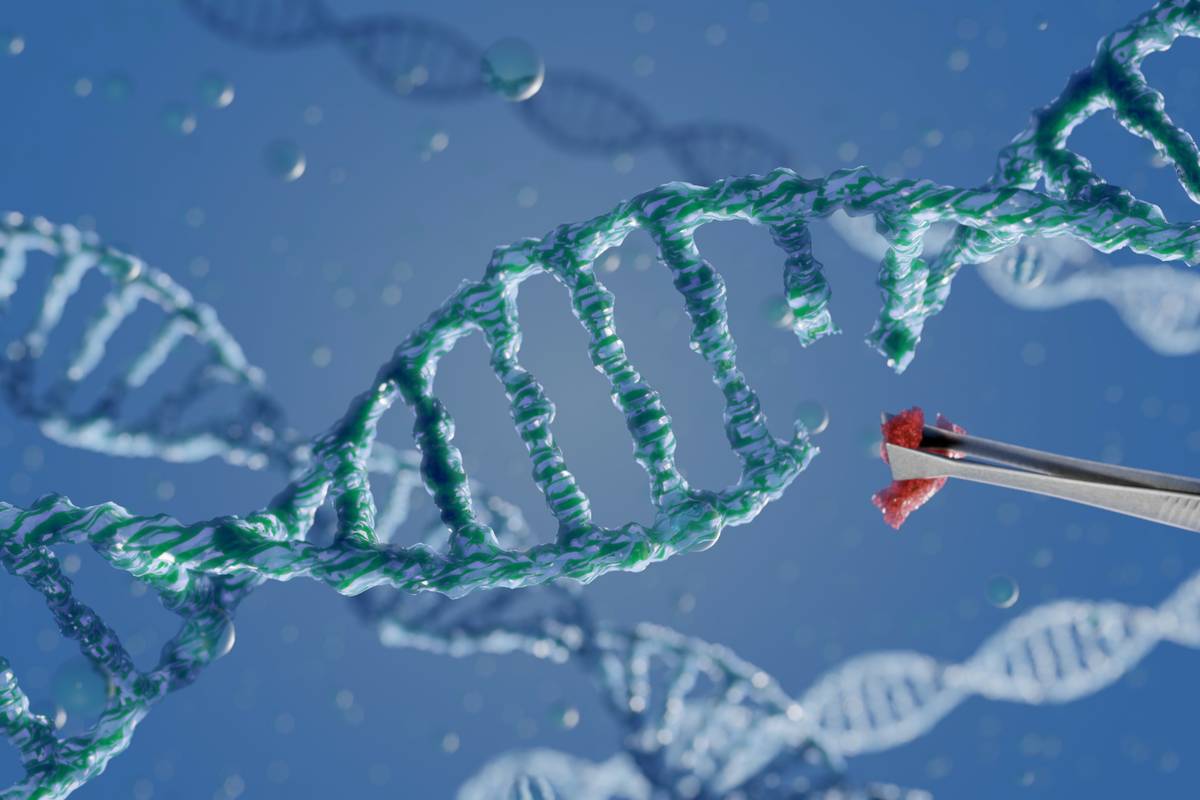Site-directed RNA Editing by Engineered Human ADAR2
Efficient system to selectively re-code genetic information within mRNAs with potential to restore structure/function of defective proteins

Background
Unlike DNA editing tools, which cause permanent alterations to the genetic sequence,RNA editing offers reversible changes in gene expression, eliminating the risk of lifelong off-target genetic modifications.
Adenosine deaminases that act on RNA (ADARs) are responsible for the natural and evolutionarily conserved mechanism by which adenosines are converted to inosines. During translation, inosine is read as guanosine, therefore codons in mRNAs are recoded. However, the natural targeting of ADARs relies on double-stranded RNA binding domains that recognize secondary and tertiary structures within the surrounding RNA. Such specific and often complex higher order RNA structures would not serve us to guide RNA editing.
Technology Overview
Through an engineered human ADAR2 (deaminase that acts on RNA 2), this technology spearheads a powerful tool for transient genome editing. By removing the natural targeting domains from human ADAR2 and replacing them with antisense RNA oligonucleotide guides, this recombinant enzyme complex has been successfully directed, both in vitro and in vivo, to selected adenosines along messenger RNAs, recoding them to inosine (biological mimics of guanosine) and recovering protein function. The antisense RNA oligonucleotide targeting is analogous to CRISPR guides for the delivery of Cas nucleases, yet this system minimizes the risk of immune responses.
This technology can be exploited to correct a wide variety of genetic mutations and achieve normal protein function from a defective genotype. Consequently, a Premature Stop Codon (PTC) that truncates a protein and provokes disease can be re-coded and turned into a functional codon, leading to a normal phenotype. Likewise, an amino acid change resulting from a non-synonymous mutation in which a guanosine is substituted to adenosine can be converted to the normal phenotype by ADAR2.
Stage of Development
The Technology Readiness Level (TRL) is estimated between 3‑4.
Further Details:
- Montiel-Gonzalez MF, Vallecillo-Viejo I, Yudowski GA, Rosenthal JJC (2013) Correction of mutations within the cystic fibrosis transmembrane conductance regulator by site-directed RNA editing. Proc Natl Acad Sci 110:18285–18290. https://doi.org/10.1073/pnas.1306243110; PMCID: PMC3831439
- Montiel-González MF, Vallecillo-Viejo IC, Rosenthal JJC (2016) An efficient system for selectively altering genetic information within mRNAs. Nucleic Acids Res gkw738. https://doi.org/10.1093/nar/gkw738; PMCID: PMC5137428
Benefits
- Transient and non-heritable gene editing avoids the risk of lifelong off-target DNA modifications
Applications
- Research tool to study and potentially develop treatment for diseases that may result from or may be associated with nonsense or missense mutations such as:
- Cystic fibrosis
- β-thalassemia
- Hurler syndrome
- Cystinosis
- Polycystic kidney disease
- Duchenne muscular dystrophy
- Spinal muscular atrophy
- Infantile neuronal ceroid lipofuscinosis
- X-linked nephrogenic diabetes insipidus
- Usher syndrome
- McArdle disease
- Achondroplasia
- Alzheimer’s disease
- Early onset Parkinson’s disease
- Glioma
- Li-Fraumeni syndrome
- Ollier disease
- Aicardi-Goutières syndrome
- Rare diseases
- Transient and not‑heritable editing
Opportunity
- Non-exclusive licenses
- Exclusive licenses for specific gene targets to companies developing human therapeutics and that demand considerable investment will be evaluated